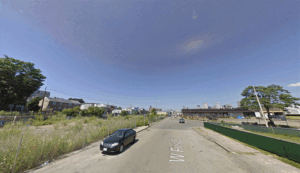Delivering chronic care to patients while assuming 24/7 emergency care: the culture and structure challenges of mixing chronic and acute care missions
A division of primary care in the largest and only public university hospital of a State in Switzerland must assume two missions: delivering chronic care to their patients and offereing emergency care 24/7 to the population. Organisation and recuperation of the staff delivering night and WE shift has a direct impact of the organization of delivering chronic care; it is desorganizing the agenda of healthcare professional taking care of chronic patients leading to discontinuity of the physician-patient relationship because of recuperation. Also the culture of chronic vs acute care is not the same and lead to a misalignment between healthcare professionals principles and their missions. How these two missions can be reconciled culturally and structurally ?
A division of primary care in the largest and unique public university hospital of a state in Switzerland has a main mission for years: delivering care to patients with chronic diseases. Culture and training are targeted to fulfill this mission. Then, a new mission is given to this division. Offering 24/7 emergency care to its population. This new mission is neeed because the population needs access 24/7 to low and moderate severity care which are not fulfilled by the physicians in private office or in private clinics. This new Acute mission has been introduced but has destabilized the core organisation in terms of both Culture and Structure
With regard to Culture, healthcare professionals were educated and trained to deliver continuous care, with long term objectives based on very personal relationship between the physician and the patient « one patient – one physician ». Physicians were not in a culture of acute care which leads to a misalignment between what they care about and what they are being asked to deliver. This also impact their quality of life and life priorities as may phyisicians engaged in primary care were interested in part time job.
In terms of Structure, with physicians making night and WE shifts, they must recuperate. While the division has a very efficient electronic medical record tool, the fact that other new physicians are taking care of the chronic patients can destabilize the patients because of the relationship they had build. Alternatively, the date of the consultation is postponed until the physician is back from his/her recuperation. This leads to delays in care. With regard to Structure,



